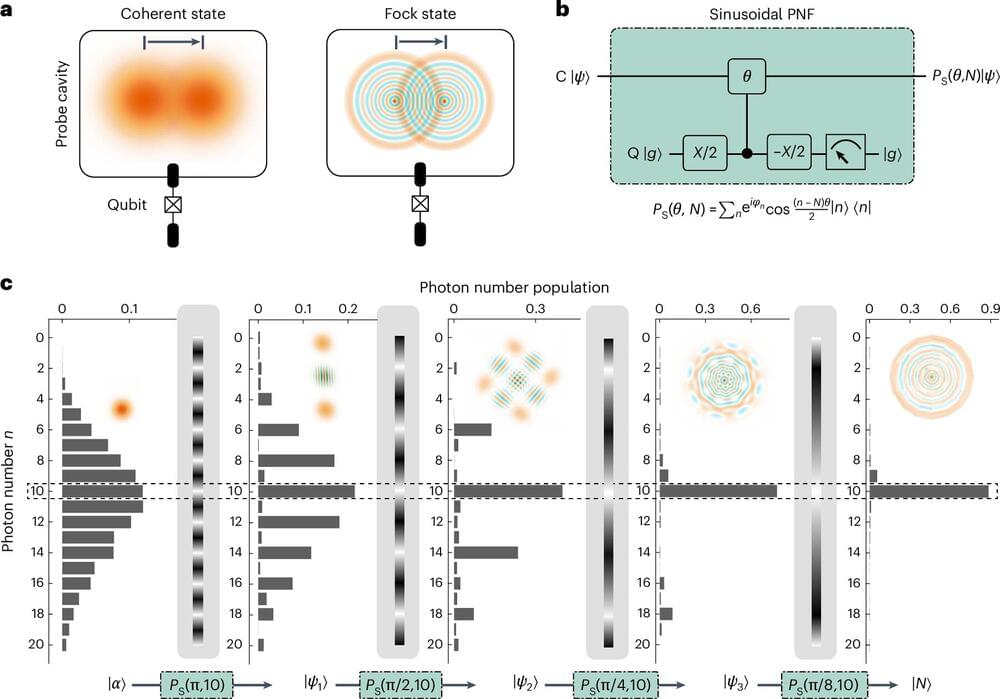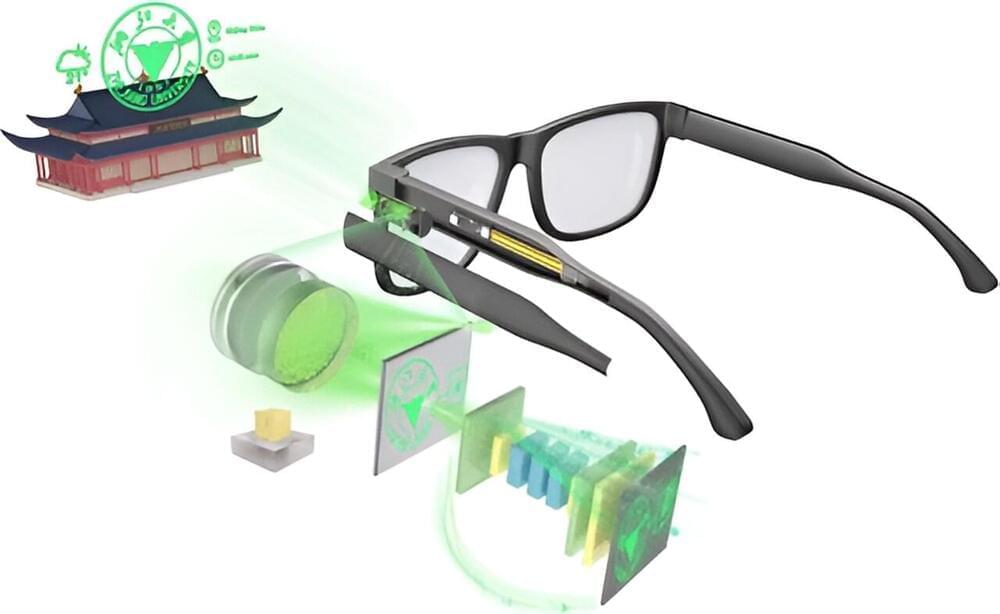Dataland co-founder Refik Anadol, 38, is a media artist whose “crowd-pleasing – and controversial” works using artificial intelligence have been displayed around the world, including at the Museum of Modern Art in New York, the Serpentine and, most recently, the United Nations headquarters.
In the past two years, Anadol has found himself at the center of debates over the value of AI-generated art, as crowds have been reportedly “transfixed” by his massive interactive digital canvases, while some art critics have panned them as over-hyped and mediocre.
Now Anadol is looking to build artists like himself a permanent exhibition space among some of LA’s most prominent high-culture venues, and he is pledging that the AI art museum will promote “ethical AI” and use renewable energy sources.









